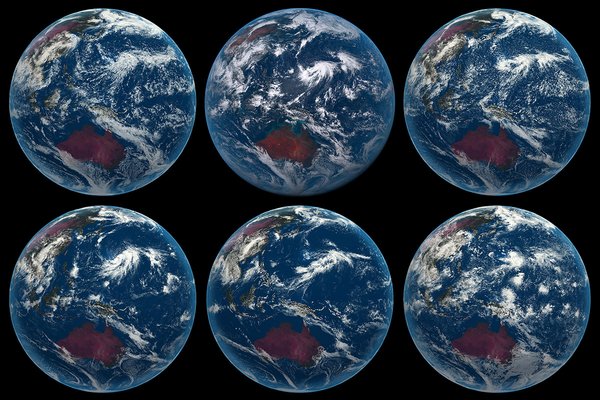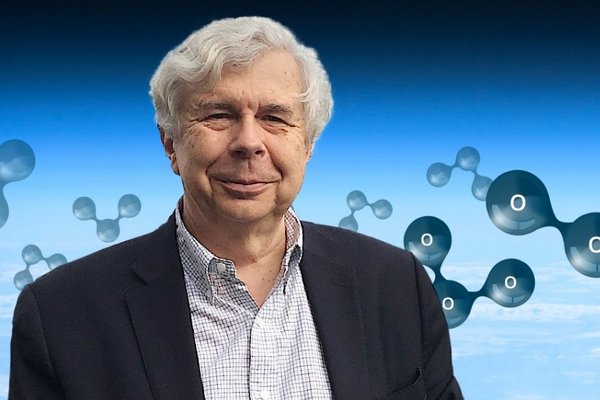![[Translate to English:] [Translate to English:]](/fileadmin/_processed_/a/1/csm_pexels-christopher-politano-978995-30145743_0be4682f6e.jpg)
Airborne microplastics: Where do they come from, where do they go?
How tiny plastic particles enter the atmosphere is an important question, as airborne microplastics are a potential health threat. Using a global…

Guy Brasseur honored with the AGU Kaufman Prize
In recognition of his commitment to international scientific collaboration, the American Geophysical Union honored Guy Brasseur with the Kaufman…
![[Translate to English:] [Translate to English:]](/fileadmin/_processed_/4/8/csm_archipelago-filled_30a7bb87ef.png)
Predicting global warming: how water vapor affects the radiative forcing of CO2
In a new study in Geophysical Research Letters, Dr. Lukas Kluft, Dr. Sally Dacie, Prof. Dr. Bjorn Stevens (scientists at the Max Planck Institute for…

Humidity differences and their effect on the clear-sky radiation budget in global storm-resolving models
In a new study in the Journal of Advances in Modeling Earth Systems Theresa Lang, Dr. Ann Kristin Naumann, Prof. Bjorn Stevens and Prof. Stefan A.…
![[Translate to English:] [Translate to English:]](/fileadmin/_processed_/6/2/csm_fig_kleinen_35691d58ab.png)
Future methane concentration underestimated in climate change scenarios
In a new study in Environmental Research Letters Dr Thomas Kleinen and Prof Victor Brovkin, researchers at the Max Planck Institute for Meteorology…
![[Translate to English:] [Translate to English:]](/fileadmin/_processed_/3/2/csm_210609_Fig_1_Azoulay_et_al_077a0c7aa4.png)
The Arctic polar vortex response to volcanic forcing of different strengths
Large volcanic eruptions can inject sulfur containing gases into the stratosphere where they build sulfate aerosols. These particles, on the one…

Ozone, air chemistry, Earth-system science, environmental modeling — researcher portrait Guy Brasseur
The recently published book “The Ozone Layer, From Discovery to Recovery” is a fascinating reading from the discovery of ozone in the 19th century…
Sedimentation effects on stratocumulus lifetime more important than previously thought
Stratocumulus clouds are efficient in cooling the Earth’s atmosphere by reflecting incoming solar radiation back to space. However, predicting the…
